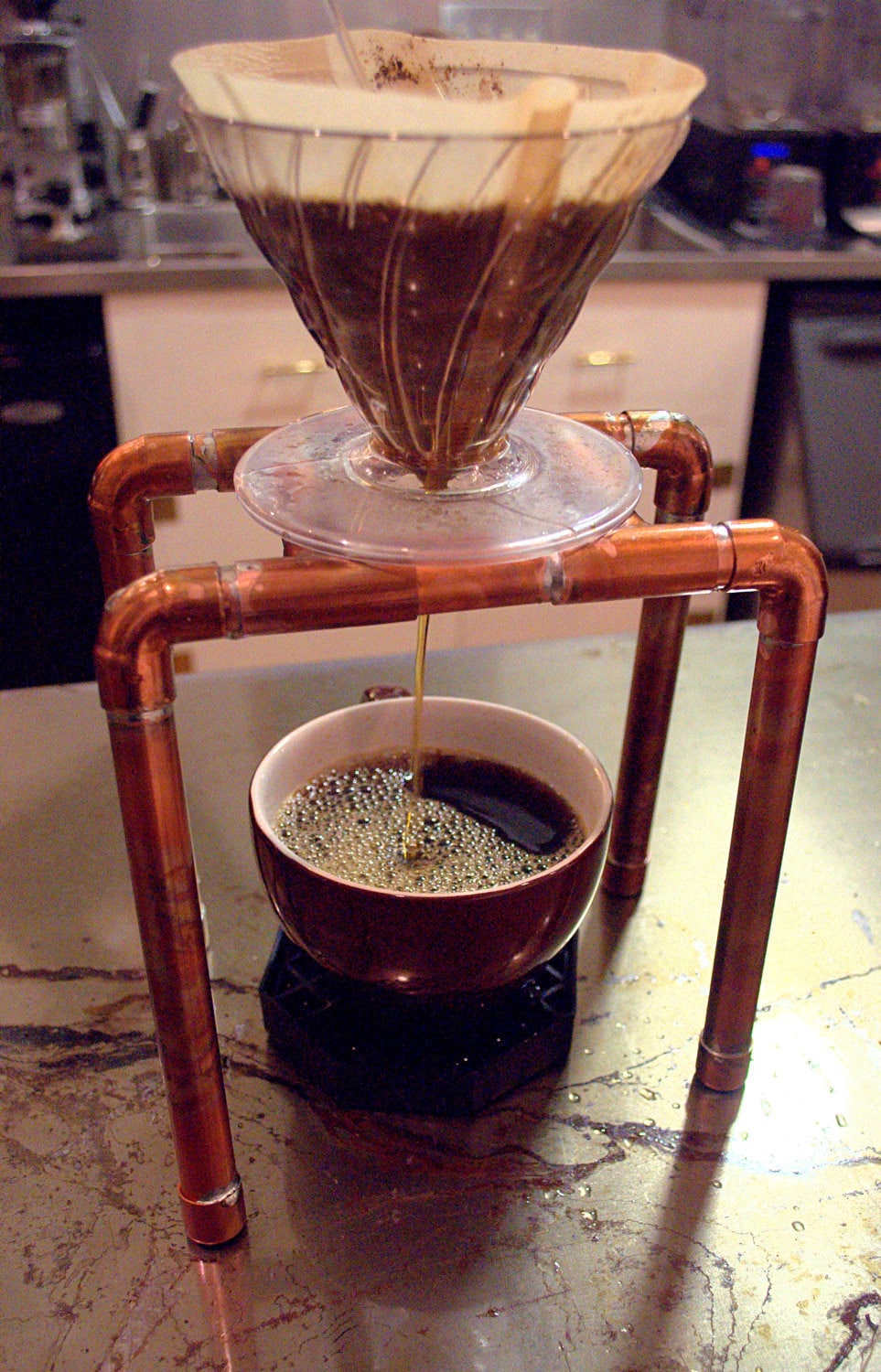Its been a while since I have posted here, so I am about to fix that. Having recently retired, I now have more time to spend doing various ham radio things. Specifically, Parks On The Air. This is a relatively new event that goes on 24/7/365 - as in any time you want to. As a ham who likes contesting, specifically Field Day, Parks On The Air, aka POTA is like Field Day every day - even though its not really a contest.
The idea is you take your gear out to a park that is registered on their site and set up. When you do this, you are what is called an Activator. Once your station is set up, then you become this rare entity that other amateur radio operators want to talk to. They are called hunters. Being from Ohio, with lots of Amateur Radio operators in this state, we don't get the opportunity of being on the receiving end of a pileup too often - except during a POTA Activation!
Additionally, the Parks On The Air program has done several good things for us Amateur Radio Operators. It pushes us to develop our own way of operating our radios at a park (obviously) which usually means buying or building portable antennas and usually coming up with some sort of off-grid power solution. Since our primary justification for our frequencies we use is emergency communications, POTA encourages us to develop such off-grid radio systems, such as what is called a go box, or in my case, a go frame.
Another good thing that the Parks On The Air program has done for amateur radio is a renewed interest in Morse Code, otherwise known in the amateur radio community as CW. Several years back, the FCC decided to do away with the Morse code requirement to get an amateur radio license so as to encourage people to get their license. This has proven to be successful as there was an increase in the number of people obtaining their license, however there were many amateurs who lamented this change. Truth be told, there was quite a noticeable decrease in the number of Morse code contacts that were being made.
When POTA first started those of us that knew CW were doing better with our activations that those who ran SSB. In my opinion there were two reasons for this. Of all the different modes that us amateur radio operators can use, CW is the mode that gets through when propagation conditions are poor. This gives us CW guys an advantage no matter the conditions. When POTA was getting started we were going into a sunspot minimum. This meant that radio propagation was going to be poor at best. As a result, this generated a lot of interest in learning Morse Code.
I also know one ham who has become my friend who was bored during the Covid lockdown. On a random whim he decided to learn Morse code just to keep his brain active. Then one day while he was watching a youtube video, he learned of this thing called Amateur Radio. His response was "you mean people actually still use Morse code?" and "you mean I can talk to people around the world with a radio?" He ended up getting his license and then discovered Parks On The Air. He and I regularly chat on the air.
And speaking of friends, I have made all kinds of friends all over the country that I have talked to. A lot of them I have not met in person, but when I hear their call come back to me, I stop and chat with them for a minute to see whats new in their life.
Since the sunspots are picking up, propagation on the bands is improving. This has caused growth in another area of amateur radio. Running low power, otherwise known in the Amateur Radio community as QRP. Typically when running QRP you are running 10 watts or less. For me, I have two QCX mini transceivers that put out a whopping 5 watts of power. They are a bit bigger than a pack of cigarettes and great fun! This summer I went on a boat trip with my friend Kevin, KE8ONI to North Bass Island in Lake Erie. We had a blast and I used my two QCX mini's there along with my DIY 40 through 20 meter vertical antenna. Good times!
If you have read this far and you are a ham radio operator, hopefully we can work each other on one of my activations.
73's -- Mike WB8ERJ
 The latest craze in the world of coffee, is the Pour over method. Thanks to the owner of a local coffee shop,
The latest craze in the world of coffee, is the Pour over method. Thanks to the owner of a local coffee shop, 

